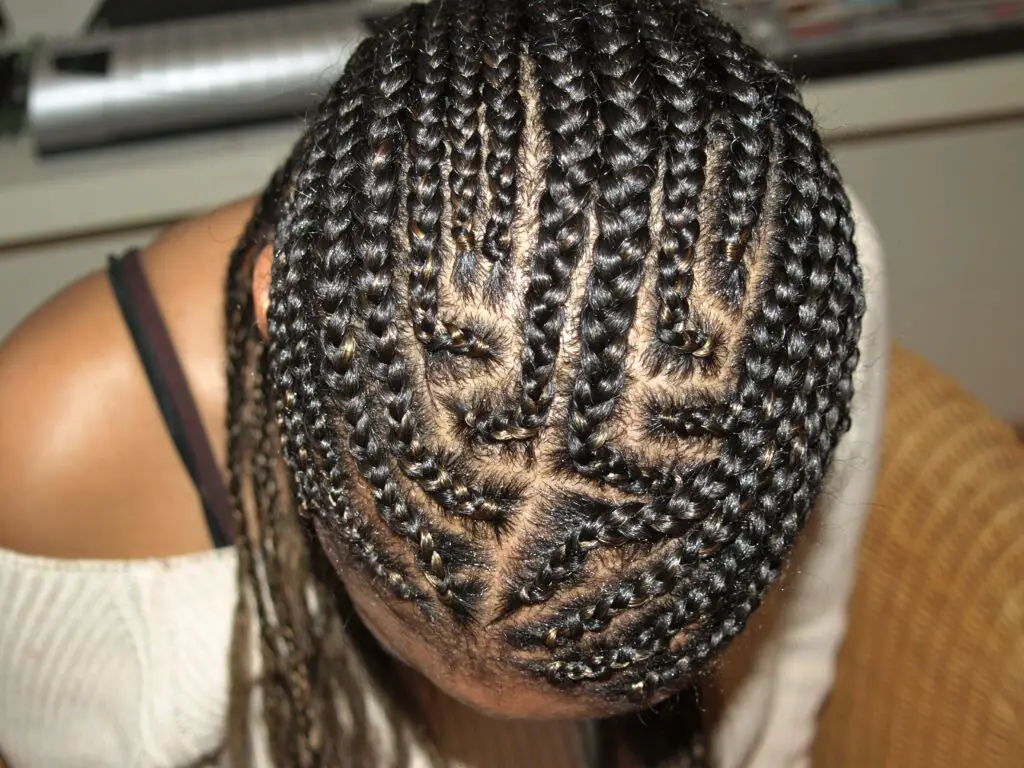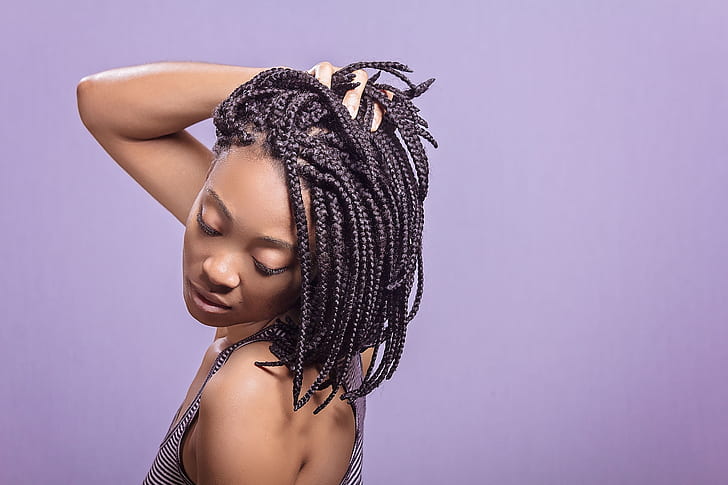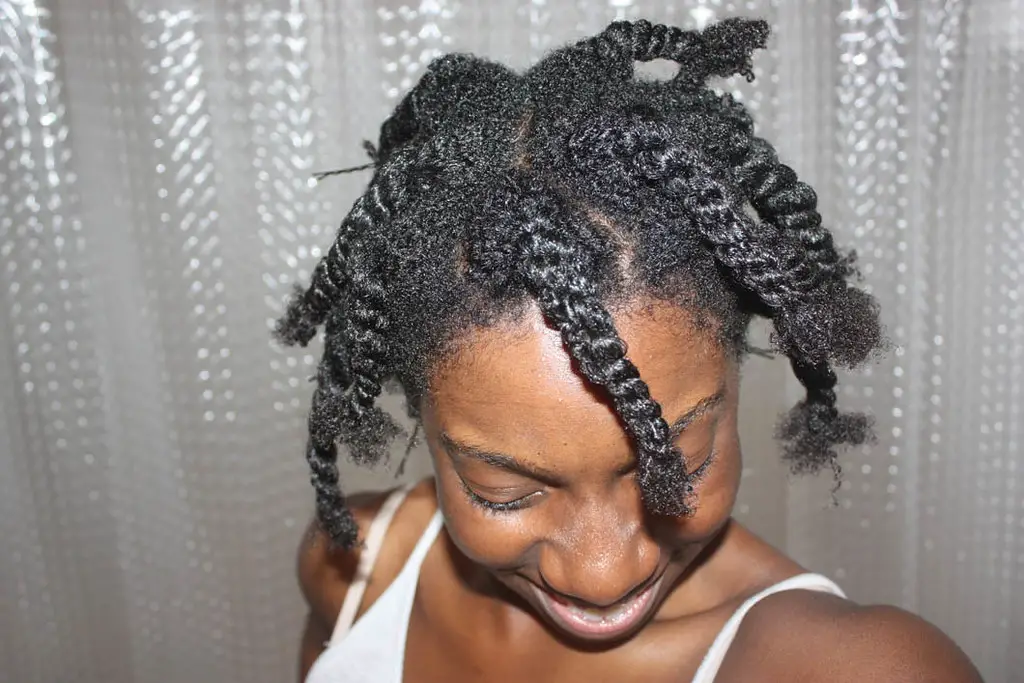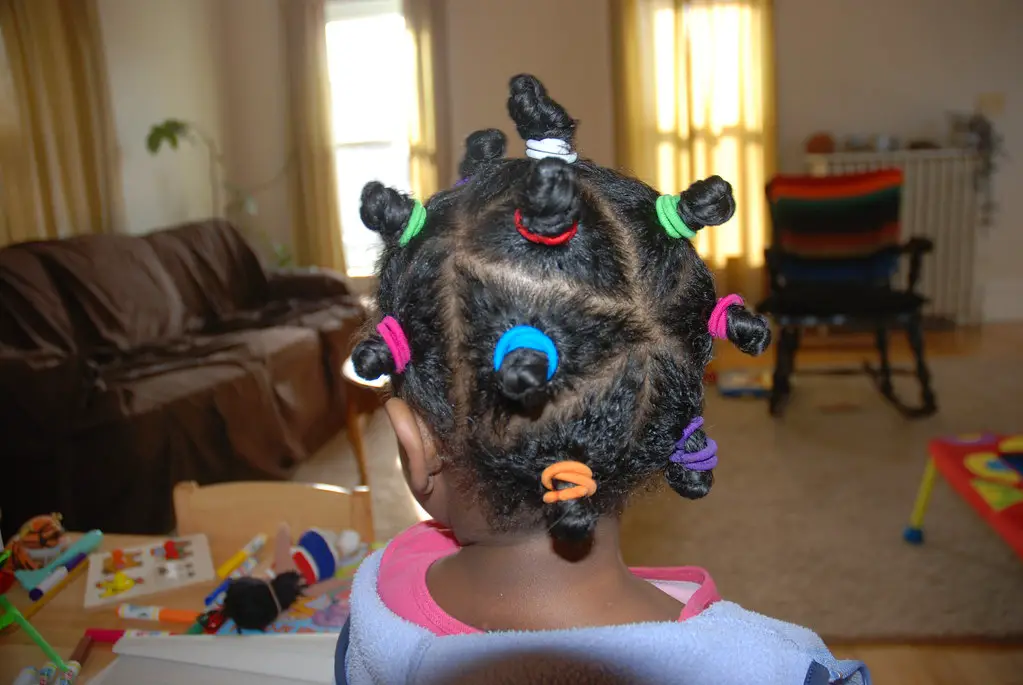Black hair has long been a source of pride and identity, with many styles passed down through generations. From traditional styles rooted in African heritage to modern-day interpretations that celebrate Black beauty, the diversity and richness of Black hair cannot be understated. Certain hairstyles have transcended trends, becoming iconic staples in Black culture that have stood the test of time. Here, we explore six classic Black hairstyles that continue to influence fashion, beauty, and self-expression today.
1. Cornrows

Cornrows are one of the most ancient and enduring hairstyles, with a history that stretches back thousands of years. This style, which involves braiding the hair close to the scalp in straight or curved rows, is thought to have originated in Africa, where it was used for both aesthetic and functional purposes. Cornrows have held deep cultural significance, symbolizing everything from tribe affiliation to marital status.
Today, cornrows continue to be a favorite for their versatility, practicality, and aesthetic appeal. Whether worn as a sleek, neat look or styled with intricate patterns and designs, cornrows remain a symbol of Black heritage and creativity. The hairstyle has evolved to include modern takes like the “feed-in” technique or pairing with colorful extensions, making cornrows an ever-evolving yet timeless look. They have also gained mainstream popularity, seen on red carpets and runways, but always maintaining a deep connection to Black culture and history.
2. Afro

The Afro is arguably the most iconic Black hairstyle of all time. Emerging as a powerful symbol during the Civil Rights Movement in the 1960s and 1970s, the Afro represents Black pride, cultural affirmation, and the rejection of Eurocentric beauty standards. The voluminous, rounded shape of the Afro celebrates natural curls and emphasizes a bold, unapologetic statement of identity.
While the Afro rose to prominence during a time of social and political change, it has since become a timeless hairstyle that transcends eras. With modern twists on the classic look, such as the tapered Afro or more defined curls, the Afro remains a beloved style for its versatility and its unapologetic celebration of Black hair’s natural texture. Today, the Afro continues to be embraced in fashion, music, and pop culture as a symbol of resilience, pride, and individuality.
3. Braids

Braids are one of the oldest and most versatile hairstyles in Black culture, with roots that stretch back thousands of years to African civilizations. Whether in intricate cornrows, box braids, or the more free-flowing Ghana braids, braids are not only functional but also carry deep cultural significance. For centuries, braids have been used to signify everything from social status to tribe affiliation, and even important life events.
Over time, braids have adapted and evolved, becoming a staple style for people of all ages and backgrounds. Today, braids are often worn as a protective hairstyle, allowing for growth and versatility while reducing damage to the hair. The rise of creative and bold variations like jumbo box braids, lemonade braids, and braids mixed with colorful extensions has kept the style relevant. The braid is not just a hairstyle; it’s a cultural statement that speaks to Black heritage, strength, and creativity.
4. Twists

Twists, like braids, have been a staple in Black hairstyling for generations, but their origin lies in the rich history of African hair traditions. There are various forms of twists, such as two-strand twists, Senegalese twists, and Marley twists, each with their own unique texture and look. Twists are often favored for their ability to protect hair while promoting growth, offering a stylish alternative to other braided looks.
The two-strand twist is a simple yet chic style that has become widely popular for its low maintenance and flexibility. Twists can be worn in numerous ways, from tightly coiled looks to loose, voluminous styles. What makes twists timeless is their ability to remain both elegant and practical, working well for both casual and formal occasions. Their adaptability to different hair types, textures, and lengths ensures that twists will remain a staple in Black hairstyling for years to come.
5. Bantu Knots

Bantu knots, characterized by small, coiled buns arranged across the scalp, are another classic Black hairstyle with strong cultural roots. This style, often associated with Southern Africa, was traditionally worn by women in various African tribes. Over time, Bantu knots gained widespread popularity, both as a protective hairstyle and a bold fashion statement.
In addition to their striking visual appeal, Bantu knots are highly versatile, offering a range of variations from small, tight knots to larger, more voluminous ones. They are frequently used as a foundation for creating defined curls, making them a favorite for those who enjoy experimenting with different textures and looks. Bantu knots have made a modern-day comeback, embraced by celebrities and influencers, and are often seen in contemporary street style, ensuring that this classic hairstyle remains relevant and adored by many.
